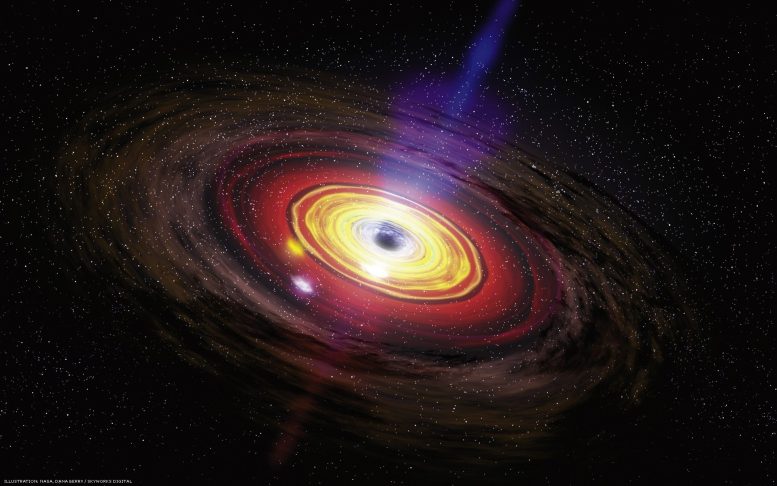
Artist conception of a black hole generating a jet. Two million years ago Sagittarius A* – the supermassive black hole at the center of our Galaxy – was 100 million times more powerful than it is today. Credit: NASA / Dana Berry / SkyWorks Digital
Physicists around the world are currently focused on the commissioning of three enormous supersensitive detectors that will aid in the discovery of gravitational waves tenfold and increase the number of expected signals 1000-fold.
Australia’s participation in the discovery of gravitational waves – and the ability to ‘listen’ to the formation of black holes – will receive a big boost on January 21.
This is the day when physicists from around Australia will meet at the Australian International Gravitational Research Center in Gingin 87km north of Perth. Their mission: to launch a nationwide project that expands Australian participation in US and European projects hunting for the elusive waves.
The project will be launched at the Gravity Discovery Center (GDC) by the Chair of GDC Fred Deshon, the Chair of the Gravitational Wave Observatory Development Committee Jens Balkau, and the Chair of the Australian Consortium for Gravitational Astronomy Peter Veitch. The GDC which also includes the Gingin Observatory shares the Gingin site with the Australian International Gravitational Research Center and provides public education on the big questions of the universe.
Gravitational waves are ripples in the curvature of spacetime. They are thought to mark the beginning of time at the Big Bang and the end of time as black holes are born. They are generated by extreme cosmic events such as colliding stars and supernova explosions. Theory predicts that they carry vast amounts of energy at the speed of light. While their power can exceed the power of all the stars in the universe, their effects are miniscule and difficult to detect.
Center Director, The University of Western Australia’s Winthrop Professor David Blair, said 1000 physicists around the world are currently involved in the search which is focused on the commissioning of three enormous supersensitive detectors that will start operating within the next few years in the USA and Europe, with another under construction in Japan.
“The expected step in sensitivity will extend their reach tenfold and increase the number of expected signals 1000-fold,” he said.
Professor Peter Veitch, Chair of the Australian Consortium for Gravitational Astronomy, said the new advanced detectors change the whole game.
“For the first time we have firm predictions: both the strength and the number of signals,” he said. “No longer are we hoping for rare and unknown events. We will be monitoring a significant volume of the universe and for the first time we can be confident that we will ‘listen’ to the coalescence of binary neutron star systems and the formation of black holes. Once these detectors reach full sensitivity we should hear signals almost once a week.”
The new Australian project has grown out of a partnership that began more than 10 years ago (see background information below). It has two components: one involving experiments at the GRC, and one involving signal detection using the iVEC supercomputer being installed at the Pawsey Center in WA. The project, with core funding from the Australian Research Council, is co-funded by (lead institution) UWA as well as the Australian National University, the Universities of Adelaide and Melbourne, CSIRO, iVEC, and AARNet, and the Albert Einstein Institute in Hannover, Germany. The total value of the project exceeds $2M.
The experimental team will be installing high-purity fused silica mirrors developed by CSIRO, along with state-of-the-art optical sensors developed in Adelaide and control technology developed at ANU. All this equipment will be used to develop control technology needed by the big detectors in the USA and Europe to prevent possible instabilities, and ensure that the detectors can operate for long periods of time as they listen to the sounds of the universe.
The new detectors are the Advanced LIGO detectors at Hanford and Livingston in the USA, and the Advanced Virgo detector in Cascina, Italy.
Data from the detectors will be used in conjunction with optical telescopes that will search the sky for visible signs of the catastrophic events signaled by the gravitational waves. Australia is contributing two telescopes to the search: the Zadko telescope at Gingin and the Skymapper telescope at Coonabarrabran in New South Wales.
The data from the detectors will be distributed to data analysis teams in many countries. The Australian data analysis team has developed special techniques for digging signals out of the unavoidable noise in the detectors, plus special techniques that use graphics processing units for detecting signals the instant they occur (instead of traditional techniques which can take minutes or hours to identify signals). This fast detection method is especially important if optical telescopes are going to be able to locate distant explosions the moment they occur. One of the most exciting sources is expected to be the coalescence of pairs of neutron stars to form a black hole, giving out a burst of gamma rays and a flash of light that astronomers call a kilonova.
In this project, the Pawsey Center supercomputers will be equipped with ‘search pipelines’ developed at ANU, Melbourne, and UWA. These are massive computer codes designed to separate signals from the noise. Each pipeline is optimized for a specific type of signal, such as the chirps expected as neutron stars spiral together and black holes form. Using these codes, Australian students will be able to play a major role in the first discovery of gravitational waves.
Background
- Australia has been engaged in the international search for GWs for more than 20 years. A detector that operated at UWA between 1993 and 2000 was one of the best in the world at the time, and worked as part of a 5 detector international array that proved that strong sources of gravitational waves were quite rare in the Milky Way Galaxy.
- In 1995 the Australian Consortium was formed to pursue the new laser-based detector technology. CSIRO won major contracts to provide key mirrors needed for the US LIGO project (LIGO stands for Laser Interferometer Gravitational Observatory)
- The Gingin facility was constructed in 2000 as the first stage of a future large-scale observatory. It was funded by the federal and WA government and by four universities. A series of Federal grants plus university and international contributions have been used to develop the facility that includes large-scale vacuum systems, clean rooms, and high-power lasers.
- In 2001 the Australian Consortium responded to a call by the international community to develop the crucial research facility at Gingin to examine and mitigate issues associated with the high-intensity laser light required in the detectors. It is the only R&D facility in the world with this focus.
- In 2009 Australia became a partner in the US-based Advanced LIGO project, which is currently being commissioned. It has provided key detector components for controlling and analyzing the laser light used in the detectors. The hardware delivery and commissioning program will be continuing until 2015 by which time the new detectors are expected to have achieved high sensitivity.
- The Gingin facility has discovered new optical phenomena in which particles of light called photons bounce off particles of sound called phonons. The research team is exploring ways of using these interactions to improve the stability of the large-scale detectors.
The new project will enable experiments to be carried out on a size scalable to long baseline detectors. It will also, for the first time, allow the Australian consortium to build up the supercomputer systems needed to allow Australian gravitational wave astronomers to fully participate in the worldwide search once data from the new detectors begins to flow in 2015.


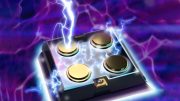

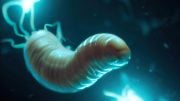
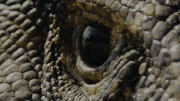

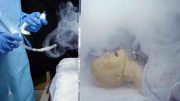

Be the first to comment on "Supersensitive Detectors to Aid in the Discovery of Gravitational Waves"